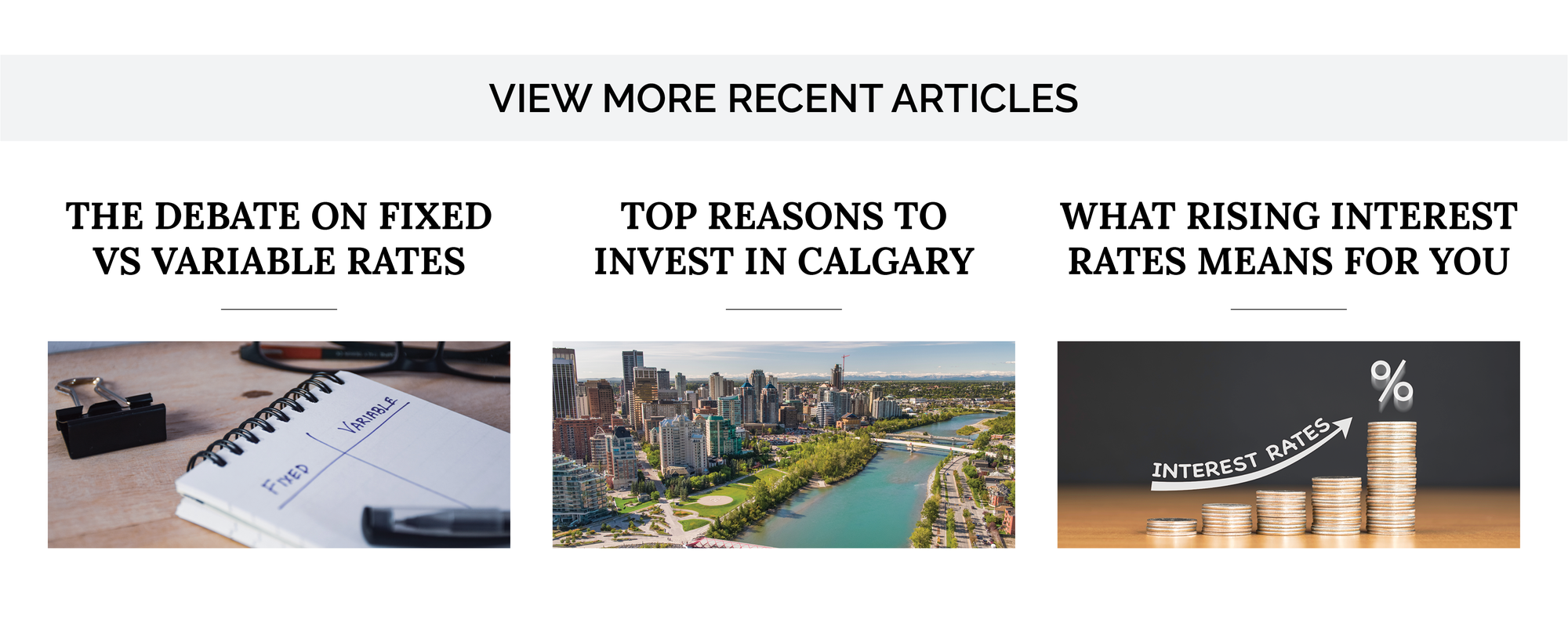
Here is a look at what CREB says about the Calgary economy. If you are looking for insights into the Calgary real estate market, visit our sister post: CREB 2024 ECONOMIC REVIEW & 2025 FORECAST
2025 Forecast Summary
CALGARY HOUSING MARKET
In 2025, housing demand is expected to remain above long-term trends, supported by past gains in population and employment, easing lending rates, and better supply options. However, factors such as slowing migration from record highs, increased competition from new home construction, and heightened economic uncertainty are likely to limit further growth in resale activity. Despite this, the forecasted sales of over 26,000 units reflect a strong housing market, with activity levels over 20 percent higher than long-term trends.
Market Shifts in 2025
While overall sales levels are expected to remain stable, the distribution of sales may change. Easing rental rates, driven by higher completions and slower international migration, are anticipated to impact the condominium market. Meanwhile, lower lending rates, improved supply, and continued, though slower, migration from other provinces are expected to support growth in detached home sales.
Record-high new construction levels are adding supply to the market, contributing to an increase in resale listings. As more new homes are completed in 2025, the overall supply is projected to grow. This shift should help the market move toward more balanced conditions, slowing price growth to an annual gain of three percent.
PRICE GROWTH VARIATIONS FOR 2025
Citywide price growth in 2025 is expected to moderate compared to the seven percent increase reported in 2024. However, price changes will vary across market segments.
Higher-Priced Resale Homes
Increased competition from new, higher-priced units may lead to slower resale price growth in districts where more supply is being added.
Lower-Priced Resale Homes
Driven by location, these are expected to see stronger price growth, supported by steady demand and limited supply options.
Despite some adjustments within specific market segments, continued population growth should maintain strong absorption levels across Calgary. However, the market is likely to exhibit a more balanced state compared to the past three years.


Calgary Property Types
DETACHED
A limited supply of lower-priced detached homes constrained sales activity in 2024, with declines in the lower price ranges outweighing growth in the upper end of the market. Overall, detached sales fell by over two percent but aligned with long-term trends. Persistently tight market conditions throughout the year drove an 11 percent annual increase in benchmark prices. However, by the second half of the year, new listings in higher price ranges helped ease seller market conditions at the upper end.
Looking ahead to 2025, the supply of listings priced above $600,000 is expected to improve as inventory options increase. Easing lending rates and pent-up demand should offset the impact of slowing population growth, keeping sales slightly higher than last year and aligned with historical trends. The market’s shift toward more balanced conditions is anticipated to moderate price growth to three percent in 2025. Price trends will vary by location and price range, with lower-priced homes within their respective communities experiencing stronger growth than higher-priced properties.

KEY FACTORS INFLUENCING 2025
- Economic Context
Easing lending rates and more supply choices should support relatively strong demand. - Population Growth
Slower Interprovincial migration could impact activity in the higher price ranges. - Market Segmentation
Supply growth compared to demand in the upper price ranges is expected to slow the pace of growth.

SEMI-DETACHED
The limited availability of lower-priced detached homes drove many buyers to semi-detached properties in 2024. Semi-detached sales increased by nearly five percent, marking a fourth consecutive year of above-average activity. As affordability challenges persist, this trend is expected to continue, with more buyers opting for semi-detached homes.
Supply constraints in 2024, especially for lower-priced options, kept the market in seller-favoured conditions, resulting in an annual price gain of nearly 11 percent. New semi-detached starts rose for the fourth straight year, with year-to-date figures surpassing annual totals from the previous three years. Although semi-detached starts remain a consistent share of total construction activity, the growth in starts is expected to support some supply gains in 2025. Rising inventory relative to sales should help ease price pressures, but prices are still projected to increase by over three percent in 2025.

KEY FACTORS INFLUENCING 2025
- Affordability Pressures
Semi-detached homes provide a relatively more affordable option to detached homes within the same community. - Supply Growth
Increased starts will gradually alleviate tight market conditions, particularly in higher price ranges. - Price Sensitivity
While prices will continue to rise, the pace will slow due to improved inventory levels and easing seller-favoured conditions.

ROW/TOWNHOME
After a prolonged period of limited inventory, a surge in new listings in 2024 led to rising inventories in the ysecond half of the year alleviating some pressure on prices. However, strong sales ensured seller-favoured conditions for much of the year, driving a 14 percent annual increase in prices. Price growth varied across the city, with the most affordable East and North East districts experiencing the fastest gains.
Inventory growth was concentrated in properties priced above $400,000, which accounted for 77 percent of all inventory—up significantly from 63 percent last year. Demand for affordable row homes is expected to support sales activity in 2025, but increasing supply in the resale and new home markets will slow price growth. Conditions will vary by location and price range, with higher-priced units facing more competition and reducing upward price pressure.

KEY FACTORS INFLUENCING 2025
- Inventory Growth
Rising listings and new builds will help alleviate supply shortages, particularly in mid- to upper price ranges. - Location-Specific Trends
Affordability-focused districts will see stronger demand and price growth, while higher-priced areas face more balanced market conditions. - Affordability
Easing lending rates and relative affordability should continue to support demand for new homes.

APARTMENT
Limited supply in lower price ranges encouraged many buyers to turn to apartment-style homes over the past two years, depleting inventory in the most affordable segments. Most of the inventory growth in 2024 occurred for units priced above $300,000, leaving less than 30 percent of the inventory priced below $300,000.
Apartment sales declined by nearly four percent in 2024, with drops in units priced below $300,000 outweighing gains in higher price ranges. Rising inventory levels in the second half of the year shifted market conditions. Units priced below $300,000 maintained seller market dynamics, while those priced above that threshold moved toward balanced or buyer-market conditions, depending on location. This shift eased price pressures by year-end, with prices trending down on a seasonally adjusted basis in the fourth quarter. Nonetheless, annual prices rose by 15 percent.
In 2025, as more units are completed in the new home sector, supply is expected to better align with population growth, improving overall market balance. Increased supply across the new home, rental, and resale markets is likely to dampen condo resales, which are forecasted to decline by over three percent. Additionally, the growing supply relative to demand will weigh on condominium prices, which are expected to see a modest annual increase of under two percent.

KEY FACTORS INFLUENCING 2025
- New Home Supply
Rising rental supply and completions of new condo units may drive some demand to the competing new home market. - Shifting Market Conditions
The move toward balanced or buyer-favoured conditions mostly in the higher price ranges will slow price growth. - Easing Price Pressures
Easing lending rates and stable prices could encourage first-time buyers into the market.





